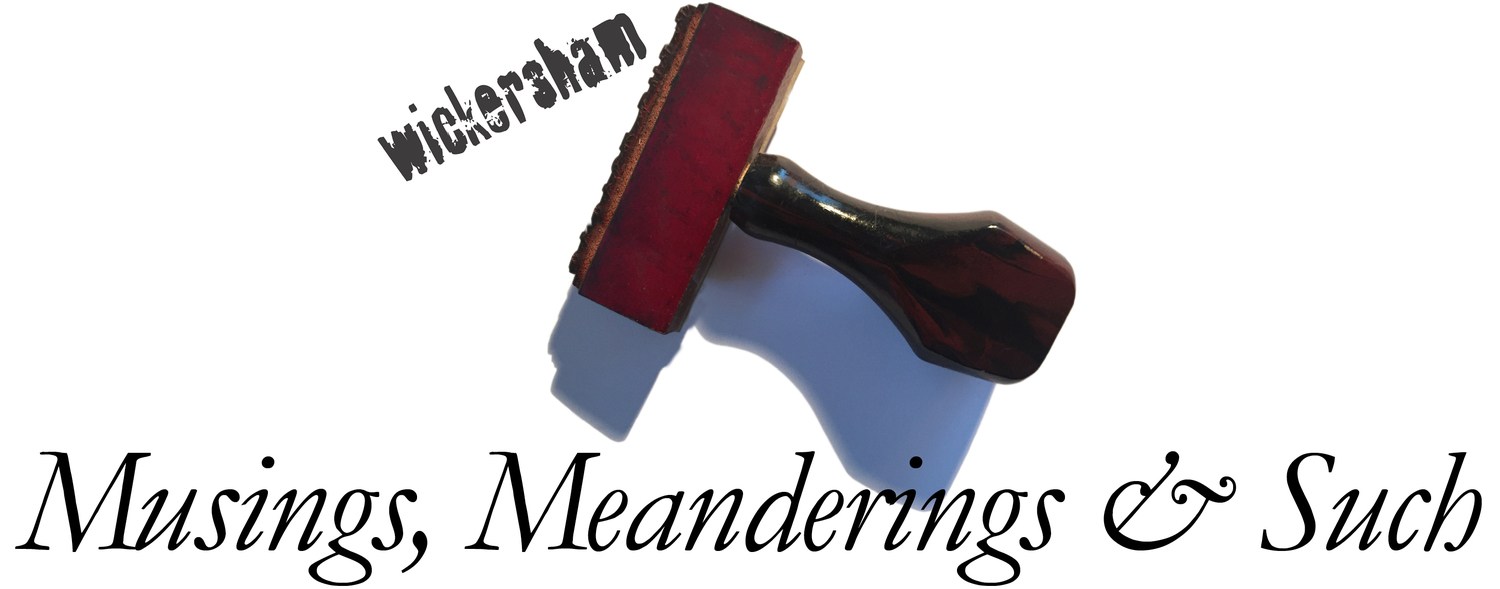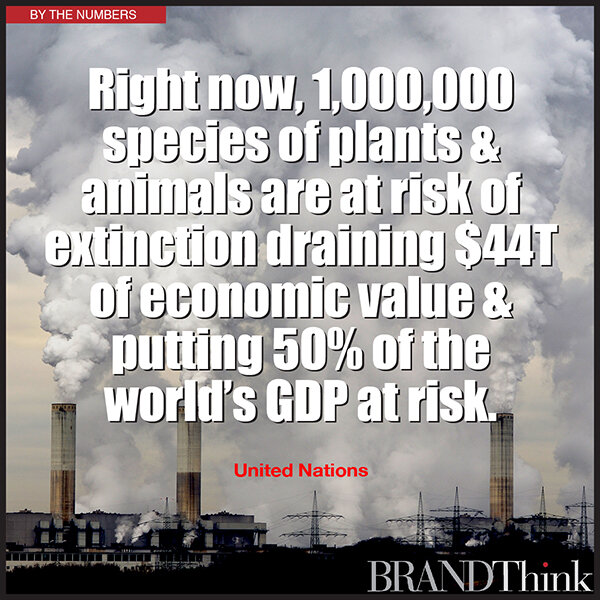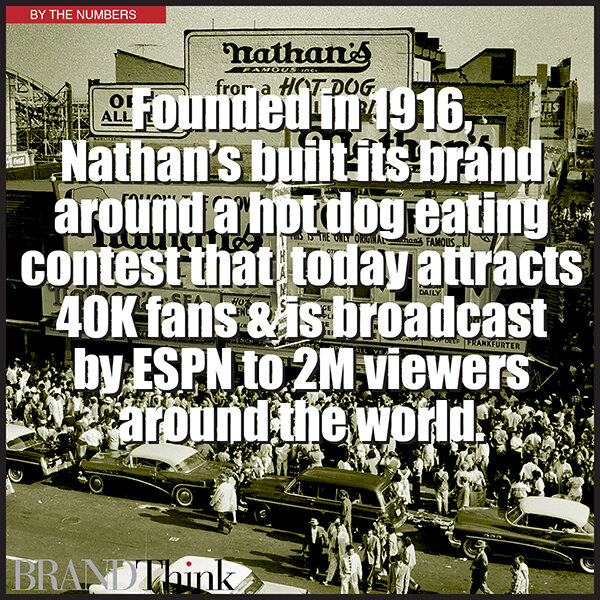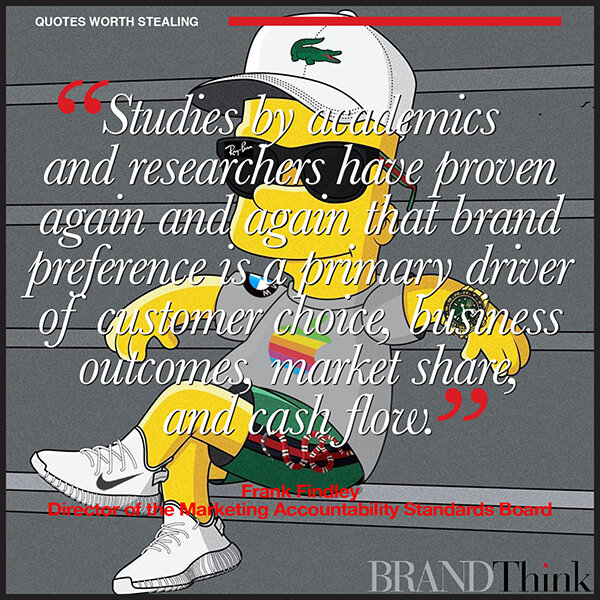Goodbye Kardashians. Humans are no longer needed.
Goodbye Kardashians. Humans are no longer needed and there’s a lot of money at stake. The influencer industry is set to reach close to $14B in 2021 and the industry is going virtual.
“Virtual influencers are cheaper to work with than humans in the long term, are 100% controllable, can appear in many places at once, and, most importantly, they never age or die," said Christopher Travers, the founder of Virtual Humans.
And the biggie? They don’t screw up. They will never go on safari in the Aokigahara forest and video and share disturbing scenes like Logan Paul. They won’t make anti-Semitic jokes like Pewdiepie or post a tone-deaf snap of themselves surrounded by balloons and mouthwash like Scarlett London. It’s a brand-safe solution for many who have hesitated to attach their brands to influencers.
Take @LilMiquela for example – she’s got 3M followers, her own clothing line, and was featured on the cover of streetwear pub Highsnobiety. She’s appeared in brand campaigns alongside Bella Hadid, Millie Bobby Brown, and Steve Aoki. She is leading the mainstreaming of virtual influencers attaining significant attention, both by brands and followers. And she just launched a promo with Mattress Firm.
VIs can be anywhere at any time, photographed in any way. Their personalities can be tailored to match the values of the brand they’re representing while reflecting the perfect audience persona back at their followers. There are some risks as human biases will always be found in code. But the market and use cases are growing.
A word of caution from Jenny Quigley-Jones, the founder of YouTube influencer agency Digital Voices “While brands could have more control over every detail of a virtual influencer campaign, only some concerns about brand safety and future behavior will be alleviated, as the team behind virtual influencers are still human – often a small team of designers looking to make headlines. You cannot be sure that a VI will continue to be brand safe.”
So, caution is advised…




















